


Middle East’s $89 billion fashion industry is set to record a 7% CAGR over the next five years
While global fashion is facing headwinds, it seems increasingly evident that the Middle East is the industry’s new Mecca.
From analysts to global executives, the market is really bullish about the region’s growth prospects for its $89 billion fashion industry. Such optimism is not surprising considering that – according to Euromonitor International data – the region’s fashion market is projected to record a CAGR of approximately 7% between this year and 2027.
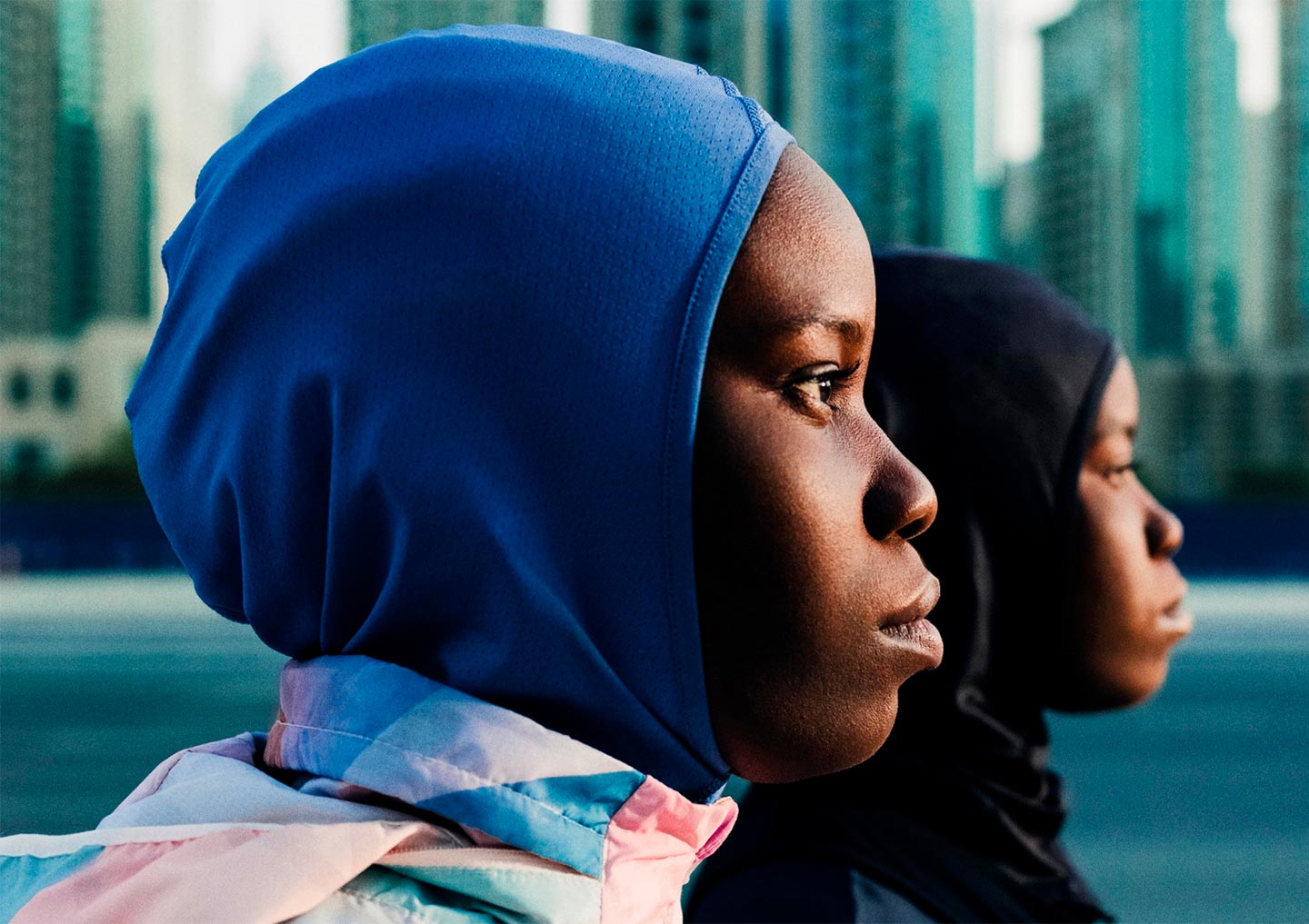
Nike Middle East's campaign And the outlook remains strong. “We have great visibility on the long-term perspective of the Middle Eastern market and are also quite optimistic about it. The luxury market is now around 5-6% of sales, and I think it can easily double in the next 10 years or so,” explained Carole Madjo, Barclays’ Head of European Luxury Goods Research.
While the United Arab Emirates (UAE) and Saudi Arabia (KSA) account for nearly half of the fashion industry’s revenues in the Middle East, local consumers in Qatar proved to be the most dynamic in the region
In particular, the United Arab Emirates and Saudi Arabia account for approximately half of the fashion industry revenues in the region, which is set for unprecedented change in the coming years, mainly due to booming local tourism.
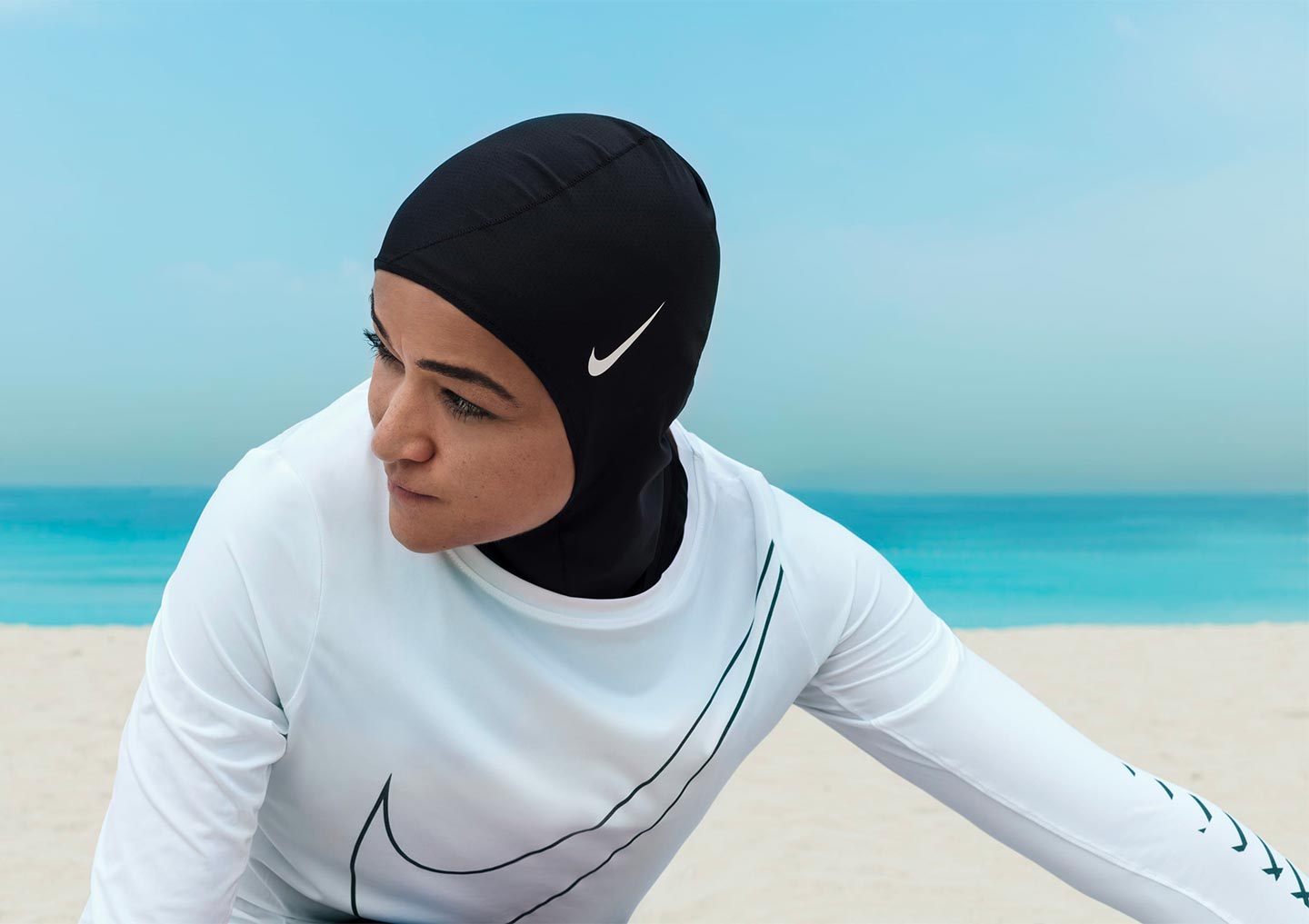
The Nike Pro Women's Hijab was launched in December 2017 and targets Muslim female athletes But there is another luxury market that, according to PwC, is worth 1 billion dollars and whose local consumers have proven to be the most dynamic in the Middle East. It is the Qatari market, whose potential looks particularly inviting for Western brands, especially high-end ones. “The value of Qatar’s luxury market stood at around 800 million euros in 2021 and managed to register a growth of around 9-10% CAGR in the period 2019-2021,” said Claudia D’Arpizio, Senior Partner and Global Head of Fashion & Luxury at Bain & Company. “The sector has proven to be quite resilient, managing to withstand during the pandemic crisis and recovering afterwards mainly thanks to local purchases, which were the core part of the market even before the impact of Covid-19.”
This transformation is due to a mix of factors. First of all, shifting consumer behaviours, but also new government investment policies.
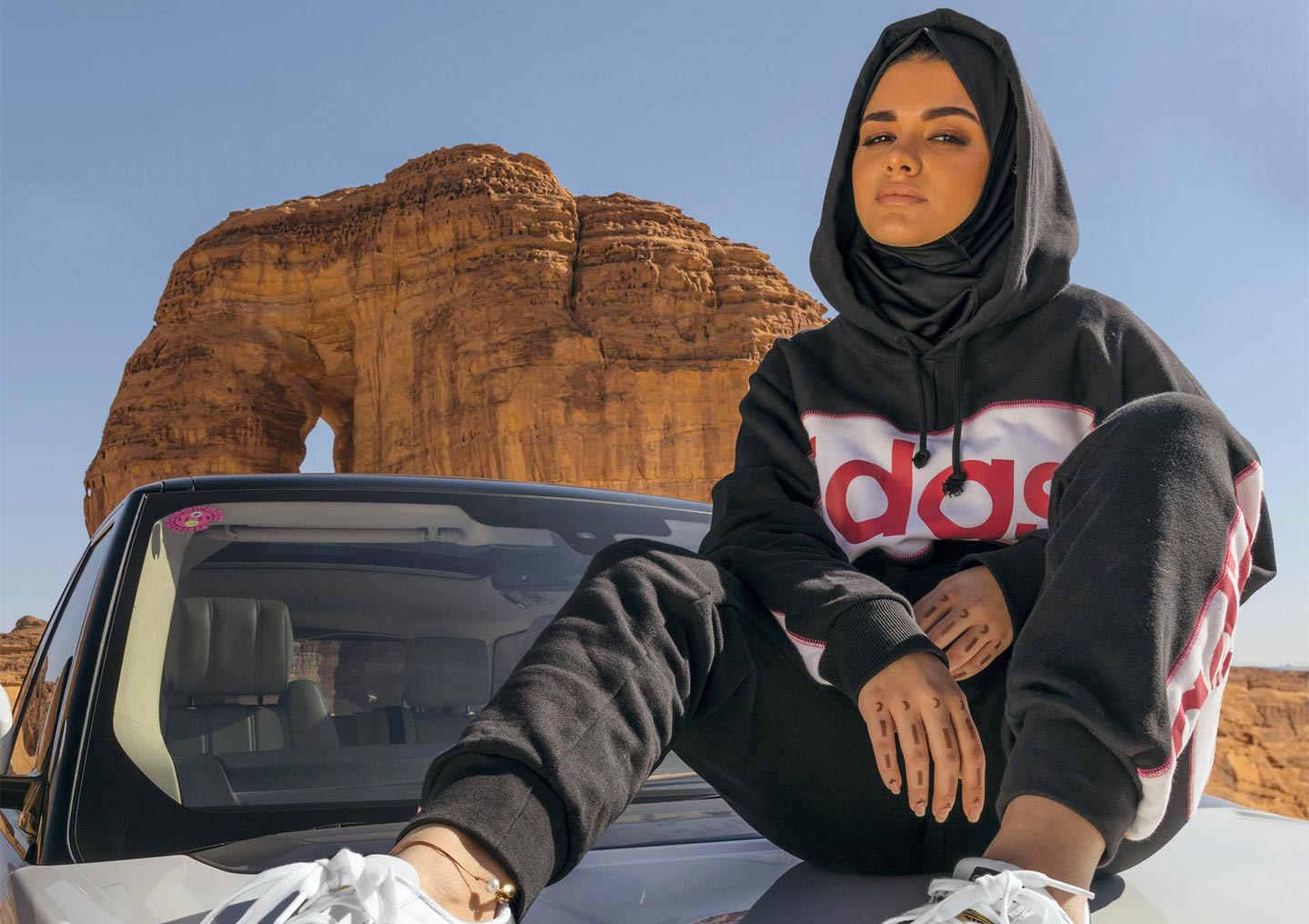
Adidas Originals shot its “Change is a Team Sport” campaign in Saudi Arabia “In the last few years, a country like Saudi Arabia has completely changed how the local people live and consume. Women have much more freedom, and I think the luxury goods are also setting a growing change along with new stores’ opening,” Madjo continued. “I think buying luxury items in Saudi Arabia and not only abroad is becoming much more attractive. So I think this market can become really interesting, as you have this biggest focus on entertainment, pleasing yourself and fewer restrictions. I think we could definitely have more demand from this country.”
According to a recent survey, around half of the consumers in the United Arab Emirates and Saudi Arabia spend more than $1,000 per year on fashion, while the highest earners (about 30% in the UAE and 50% in Saudi Arabia) spend up to $1,000 and more on average every month. Respondents said 40% of their fashion budget is spent outside their home countries, with around 20% outside the Middle East.
The new fashion consumer in the Middle East embraces a contemporary Arab style that blends local traditional clothing with global or international styles
This is also because the profile of local fashion consumers and how they shop rapidly evolve as they embrace a contemporary Arab style that blends East and West.
Considering that consumers in the United Arab Emirates and Saudi Arabia spend only 27% and 43% of their respective fashion budgets on local traditional clothing, the majority is clearly spent on more global or international styles. So, it is no surprise that Zara, Nike and Adidas are nowadays among the favourite brands in Middle Eastern countries.
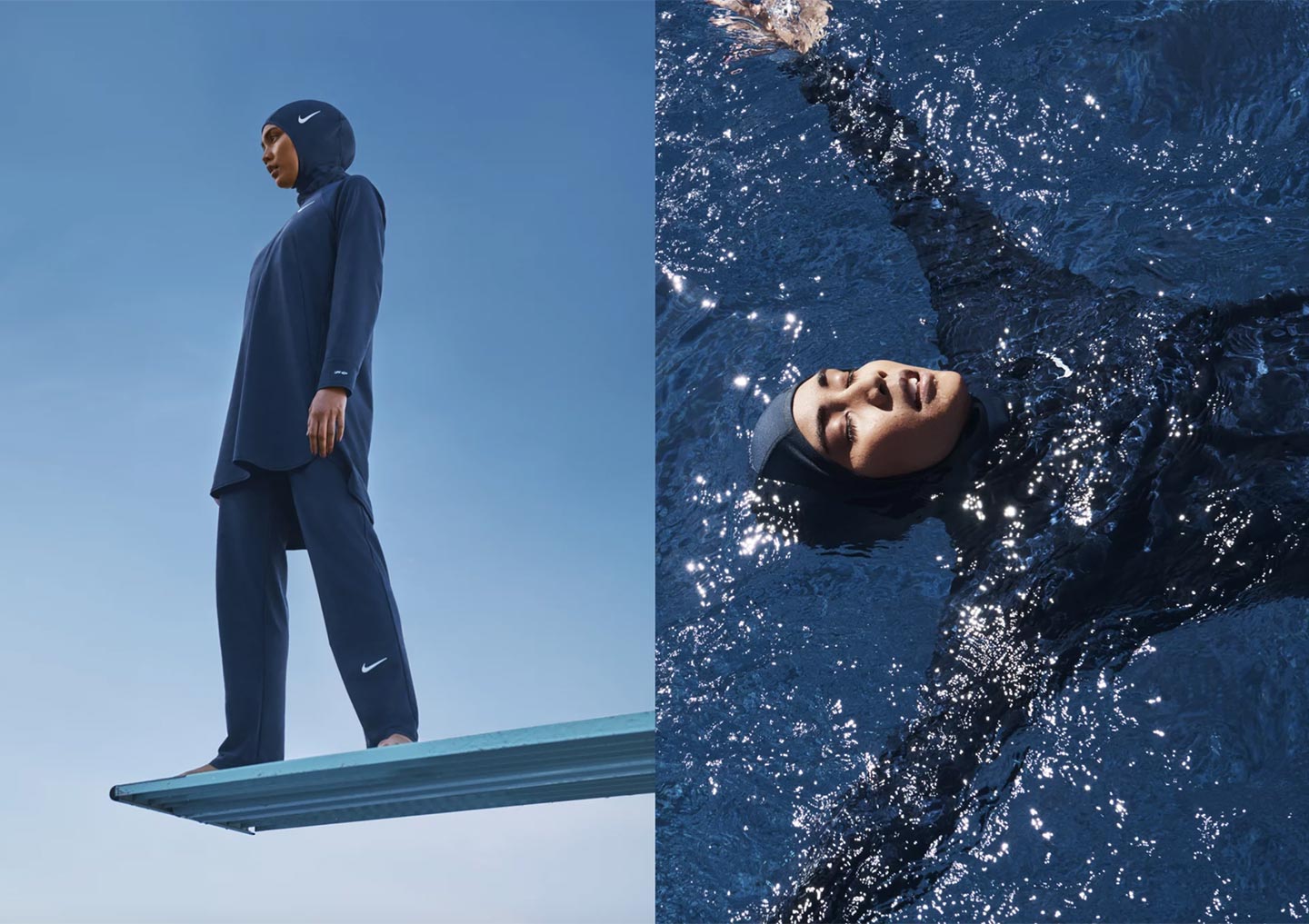
The Nike modest swimwear And when it comes to premium or luxury and hard luxury brands, the Middle East is always one of the most flourishing markets. Bags, jewellery and watches have been historically popular in the region due to their positioning as status symbols and because they are easily paired with traditional garments. However, even apparel and footwear sales are set to grow significantly faster than accessories over the next five years; they are expected to record a CAGR of 8% versus 5% for accessories in the medium term.
The business landscape is changing in many parts of the Middle East, and global brands are booming alongside local companies embracing modest fashion
This does not mean that there is no room for local labels. On the contrary, while international labels can thrive in this market, local brands have plenty of opportunities.
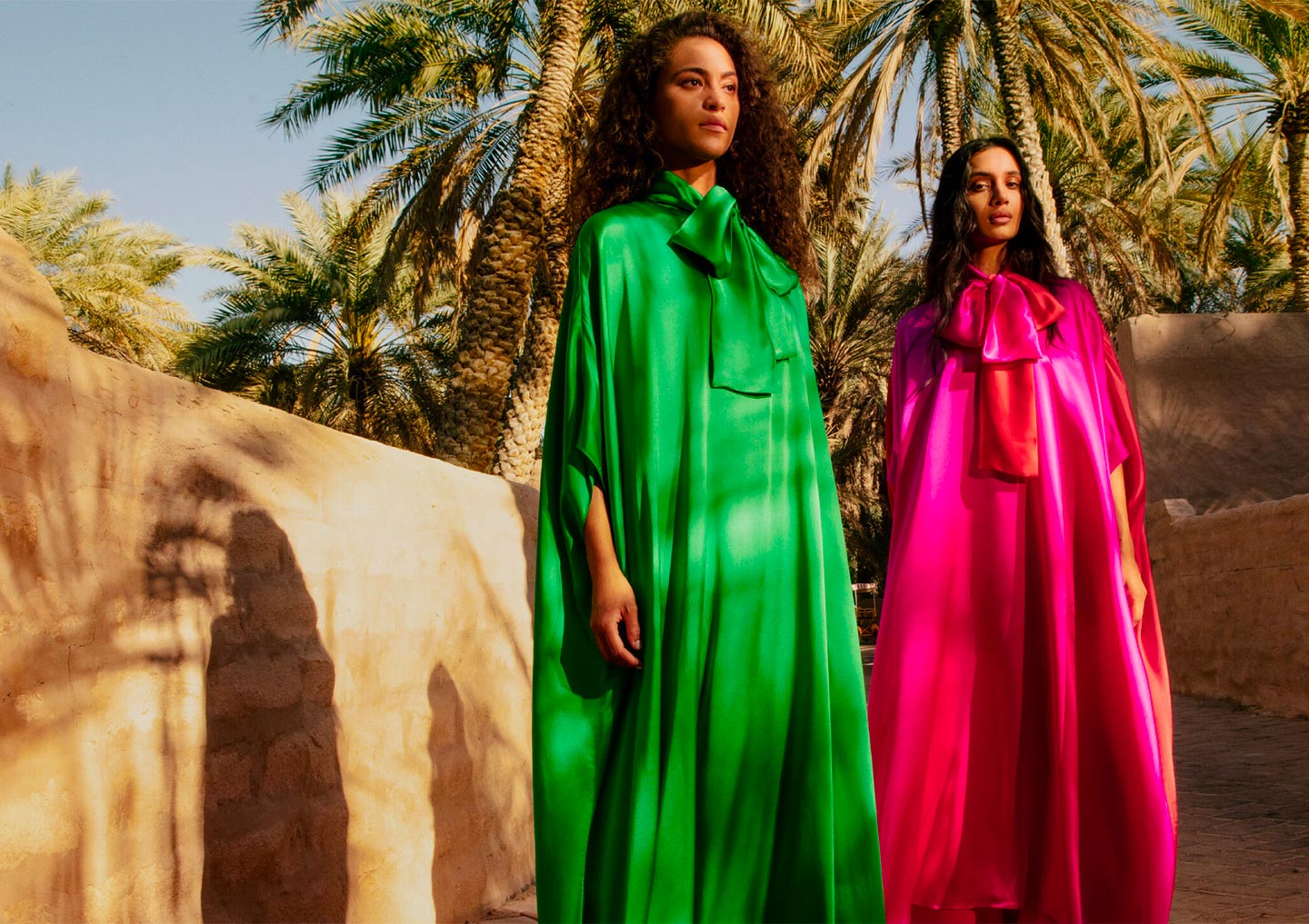
A NET-A-PORTER campaign celebrating modest fashion Especially modest fashion brands: this successful trend consists of garments designed for all women who love fashion and like to look stylish while also complying with the Muslim dress code and the principle of covering specific areas of the body.
Clementina Bianchi
Editor



